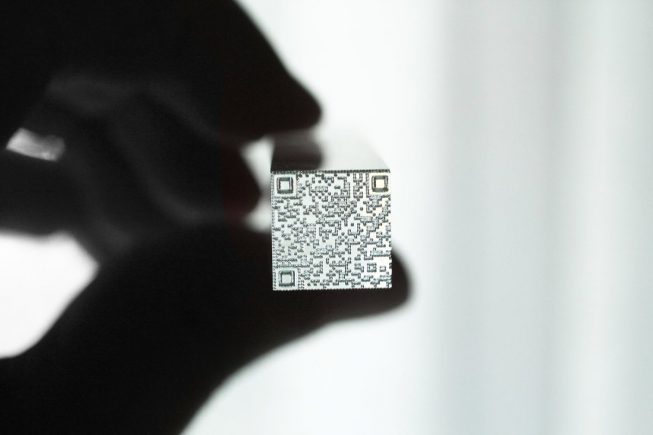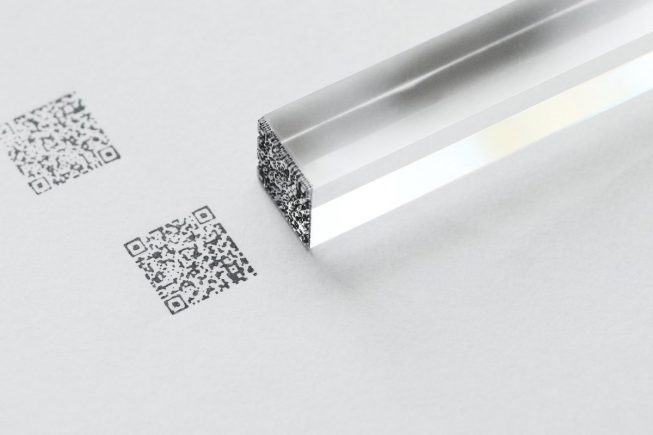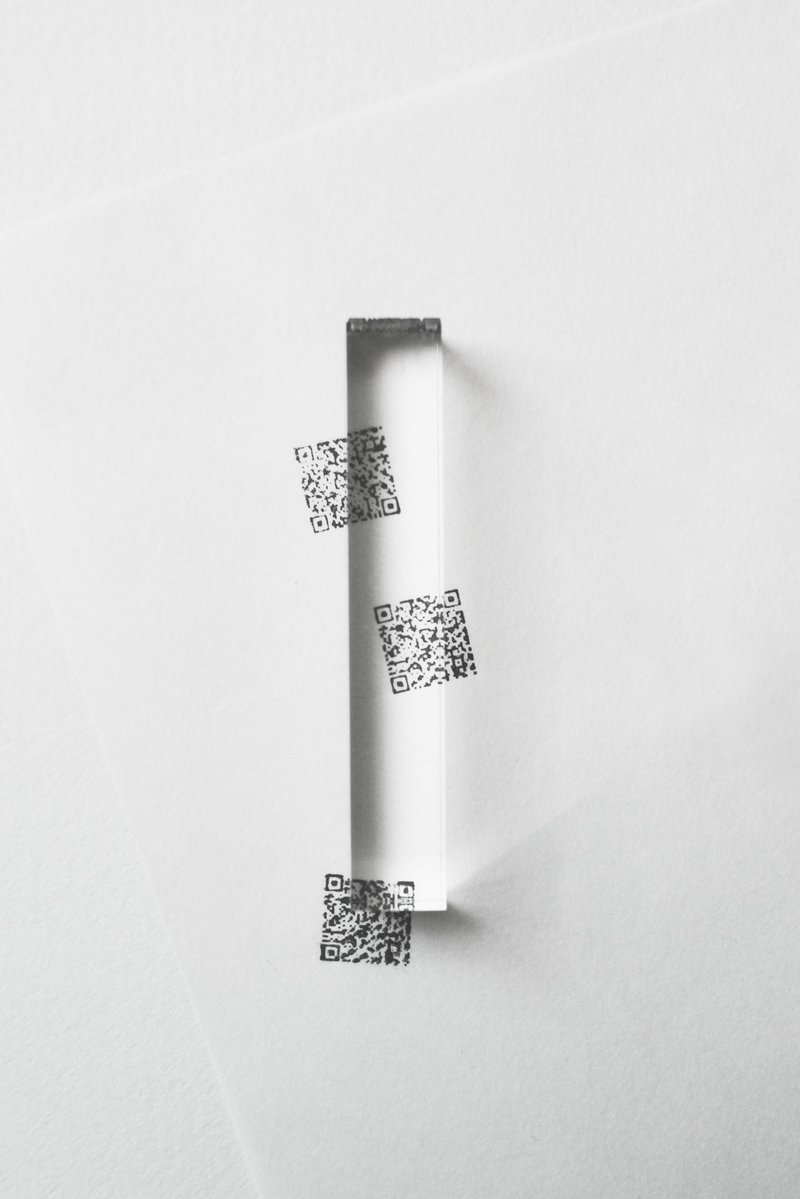
Over the last several months, major Japanese financial institutions have begun phasing out the use of hanko, the equivalent of a personal seal. Having been widely adopted during the late 1800s, hanko had surprisingly maintained its relevance in the face of technological change and has always been a requirement for opening bank accounts, signing contracts and almost any official paperwork. But with the winds of change comes the opportunity to rethink and redesign.

Although they’re becoming obsolete, hanko, to this day, remain an integral part of Japanese culture. Many adults were probably gifted a hand-crafted hanko by their parents that they continue to cherish. So instead of doing away with them completely, can we find another place for them?
That was essentially the thinking that drove product designer Takuma Yamazaki (previously) to create this prototype for a QR code hanko. A QR code, if you don’t know, is a type of bar code that actually originated in Japan. It can be embedded with all sorts of personal and public information, which can be pulled up simply by scanning it. In response to the other technological dilemma of where our online data goes after we die, Yamazaki believes the answer can be found in hanko.
Yamazaki envisions hanko as being a tool to connect the living and the dead. Each person’s online data can be archived and the QR code hanko can function as a key to the vault. By assigning an analog method to accessing digital archives, the designer has created a poetic connection between life and afterlife.























